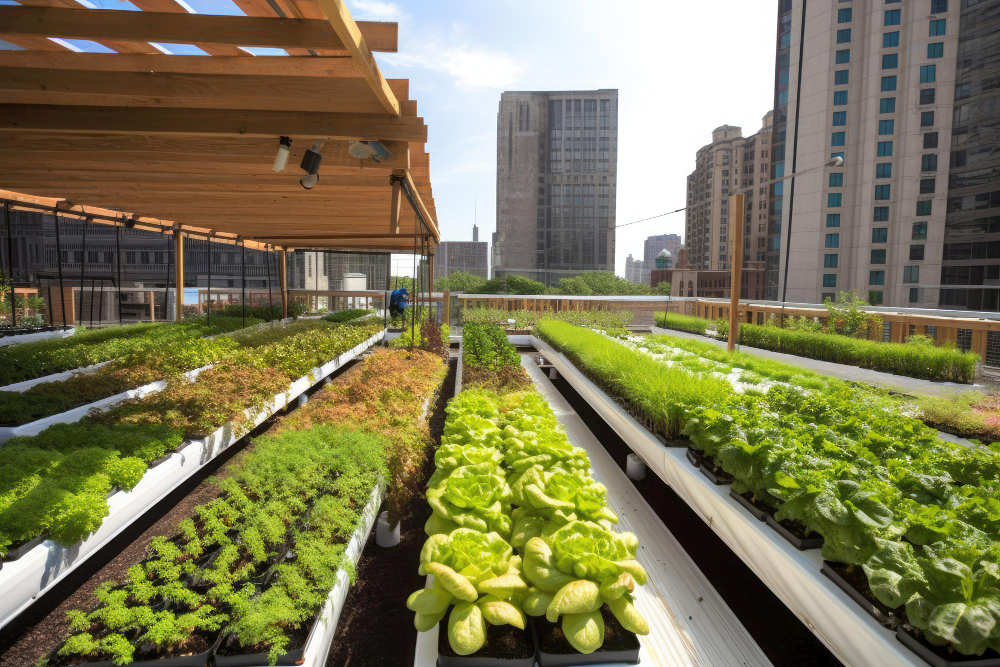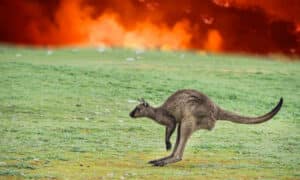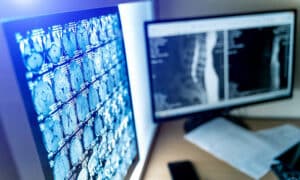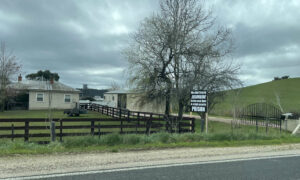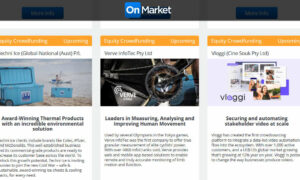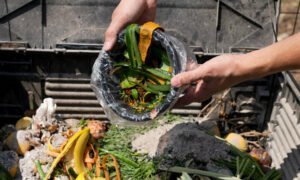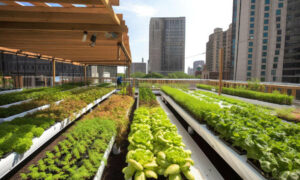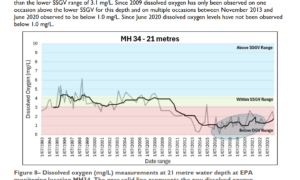Our food system is fragile.
We all witnessed this during Covid and felt the jolt when Russia invaded Ukraine, which caused ripple effects in global wheat exports. As a consequence, India banned wheat exports, for example, to ensure that it would have enough for its own people. In addition to what we experienced during Covid, global political tensions and risks of future pandemics render the food system even more fragile.
Why would a pandemic or global instability render our food system fragile?
Our current way of producing protein requires:
1. Long supply chains.
From seed to crop to feed for animals to slaughter to transportation to get it to people, the supply chain is long, costly, inefficient and susceptible to disruption.
2. Disproportionate use of natural resources.
77% of our agricultural land use brings only 18% of our calories. 42% of clean water is used for animal proteins and animal factories are the leading cause of deforestation and biodiversity loss. As natural resources shrink due to climate change and a growing population, these are material risks to the food system.
3. Inefficient calorie conversions.
Animals are poor business equations and even worse calorie converters. It requires 25-35 calories of crop for 1 calorie of cow; 16 calories for 1 calorie of pig; 9 calories for 1 calorie of chicken. This inefficient calorie conversion requires more natural resources to be used to grow more crops/food for animals. This ultimately results in not enough food for people.
4. Intense Energy Use.
Related to #1, long supply chains mean high energy use. Plant-based burgers use 37%-46% less energy, for example.
5. Destruction/Extraction.
Animal factories create 18% of total greenhouse gas emissions, in addition to intense contributions to deforestation, biodiversity loss, global warming, and air and water pollution.
6. Considerable Risk.
Animal factories increase the risk of Antibiotic Resistance and future pandemics. 70% of antibiotics are ineffective against 6 superbugs due, in part, to antibiotic use in animals which are then ingested by people. Over-saturation of antibiotics makes them no longer effective against superbugs. Further, the top two reasons for the next pandemic, according to the United Nations, are related to the intensification of animal factories.
All of the above render the food system fragile. What will it take to make the food system anti-fragile?
Innovators are looking at minimising animals in the supply chain by innovating to:
1. Create shorter and more efficient supply chains.
By bypassing the animal, the need for intense deforestation, land, water and antibiotic use, as well as large emissions, is mostly eliminated.
2. Use fewer natural resources.
Fermenting proteins from microbes, for example, can create the same amount of protein as a cow in a matter of hours. This not only cuts production time but also limits the use of land and water, and reduces the need for mass deforestation to grow crops for animals.
3. Create efficient calorie conversions.
This is possible through cultivated meat, fermented proteins, and plant-based proteins. Rather than feeding calories to animals to get fewer calories for humans, utilising beans and legumes as sources for proteins means providing protein calories directly to humans for better calorie conversions.
4. Use less energy.
Fewer calorie inputs and transportation of lighter proteins like legumes, beans, and vegetables mean less energy use.
5. Mitigate the destruction of forests and biodiversity loss, air and water pollution and global warming.
Lowering dependence on animal proteins means less deforestation and biodiversity loss due to growing crops for animals, as discussed above, as well as less ammonia pollution, fewer manure pits/water pollution, and fewer emissions.
6. Mitigate Antibiotic Resistance and the risk of the next pandemic.
Bypassing animals in factories means bypassing the pandemic risk that can come from diseases spreading in confined spaces where animals live butt to snout in their own feces. It also means bypassing the overuse of antibiotics used to try to curtail diseases that can develop in this situation. Innovating to replace animals by growing and creating proteins from beans, vegetables, legumes, algae, microbes, and cells circumvents this risk and is a more efficient business practice allowing for a sustainable way to feed a growing planet with the resources available.
+ – + – + – + – +
Invest in this ETF and more on WeBull, an easy to use investment platform. Buy Australian, US and international stocks, options and diversified funds to build your investment nest egg. Zero commissions and low fees, attractive bonuses, 5.0% interest on uninvested funds. Get started today!
+ – + – + – + – +
What is the time frame for scaling innovation?
Innovation along the supply chain for diversified proteins to render the global food supply system more efficient and resilient is underway. It is establishing its foothold over the next 5 years, ramping up now to scale for the next decade.
Investing in the companies that are innovating for this shift is the main investment focus of the flagship VegTech Invest ETF.
Can we keep the system we have and implement smaller changes such as adjusting animal feed for fewer emissions?
No, as this doesn’t address pandemic risk, antibiotic resistance, biodiversity loss, deforestation, land and water use, water and air pollution and the overall fragility of the system.
Plant-based innovation, however, addresses all of these and is a full-solution; a supply-chain approach to an increasingly existential crisis. Its appeal at scale is threefold. At its core it brings:
– efficiency
– cost reduction
– resiliency.
Public safety, reduced healthcare costs, and reduced natural destruction are bonuses.
Further good news is that large systems shifts that bring efficiency usually mean mass adoption, production, job growth and wealth creation. A few mass-adopted products reflecting previous large systems shifts have been:
– the car (from the horse and buggy)
– the mobile phone (from the landline)
– digital photos (from film).
For more information about the VegTech Invest ETF, visit https://VegTechInvest.com.

